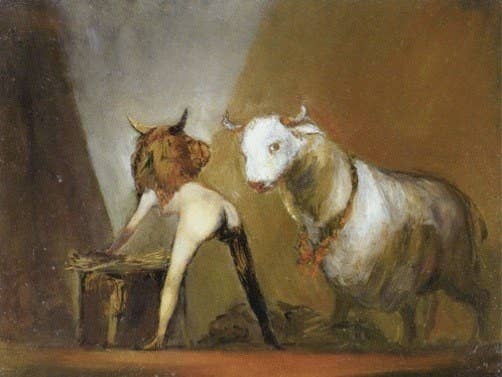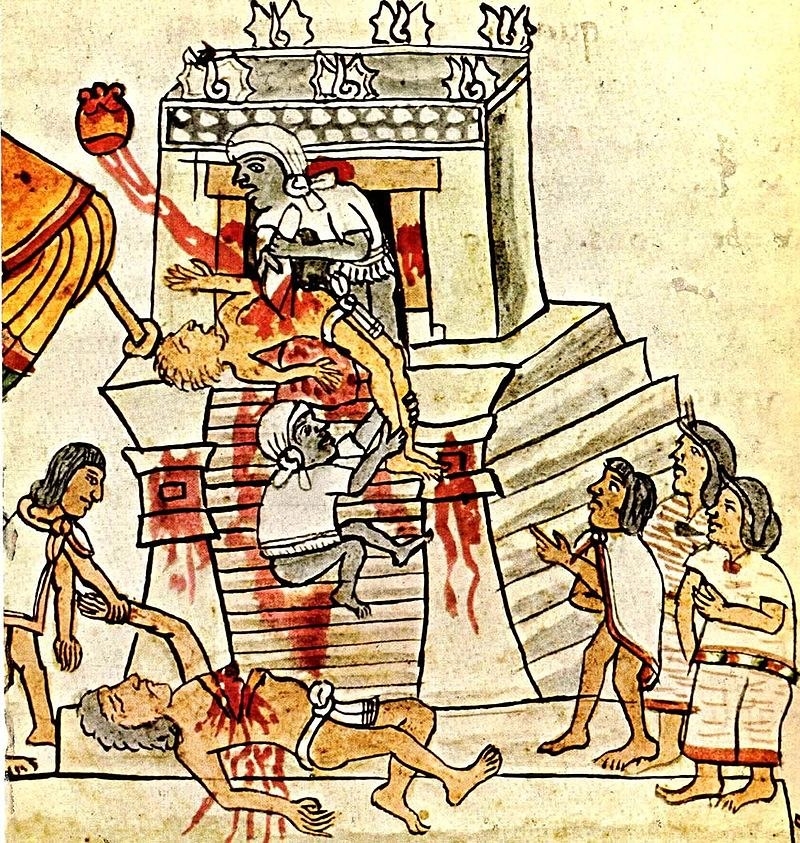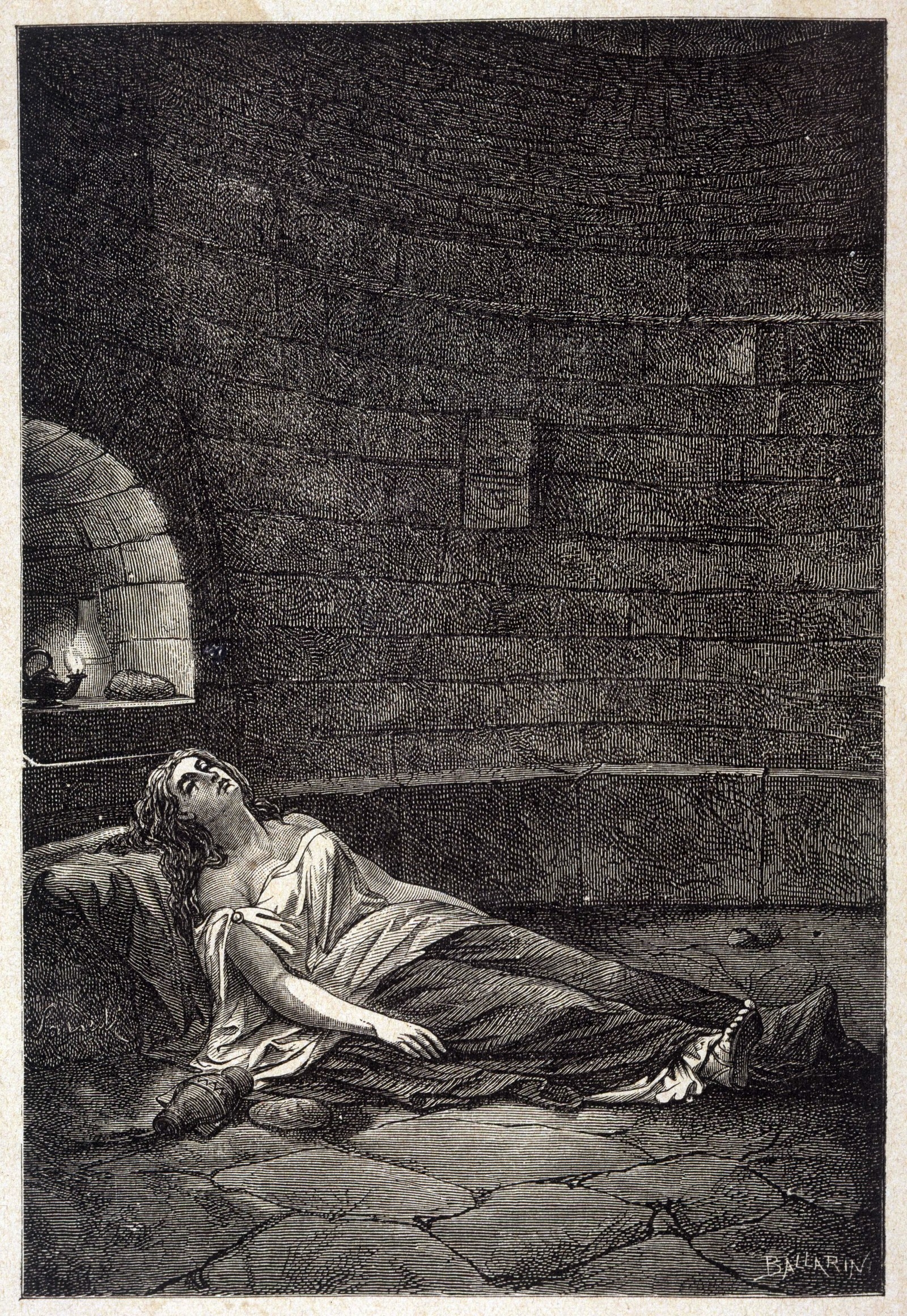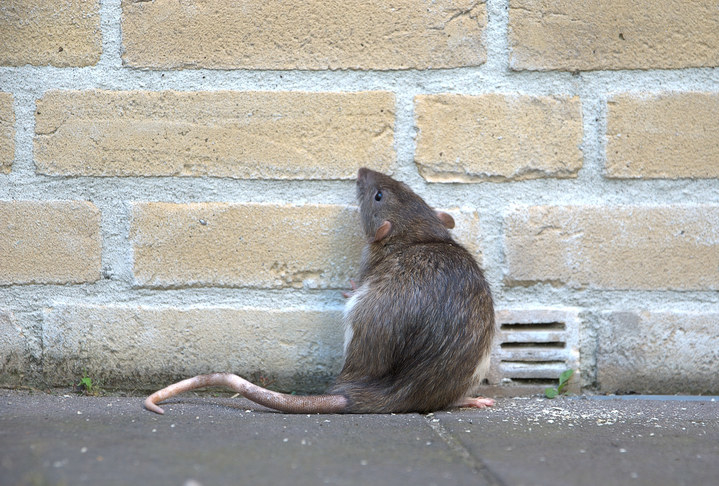1. Celtic druids in the British Isles were said to fill wicker figures with people who would then be burned alive as sacrificial offerings.
2. The Romans executed their criminals in elaborate rituals, usually involving the prisoners re-enacting a myth that resulted in gruesome and humiliating deaths.

3. The ancient Greeks also had their fair share of bull-themed, horrific executions.

4. Hitobashira was a practice in Japan that involved burying a living person at the foot or in the walls of a building to ensure its successful construction.

5. In fact, it was common practice all over the world. From mentions in the Old Testament to discoveries in India, there are buildings and bridges in the walls and structures of which the bodies of women, men, and children can be found.

6. The Aztecs would take prisoners, then fatten them up and later sacrifice them to their sun god by tearing out the heart. The corpse would be tumbled down the stairs of the pyramid on which the sacrifice took place.

7. Before the introduction of Christianity, the people of Fiji would strangle the widows of recently deceased men.

8. Vestal Virgins were sacred in Ancient Rome – they were priestesses of the goddess Vesta, and their chastity was seen as being directly linked with the health of Rome. If a Vestal Virgin had sex, this would be treated as an act of treason and her punishment would be to be buried alive.

9. In ancient Mongol law, it was forbidden to spill royal blood. Of course, you don't conquer the largest kingdom in history without killing off a few nobles – so they crushed them to death instead.

10. During the Dutch Revolt in the 16th century, the Dutch would kill – or at least torture – their political prisoners using rats, who would gnaw through the abdomens of the victims.

11. In medieval Sweden, prisoners could be sentenced to the "Cave of Roses" – which sounds far nicer than it was, because instead of roses the cave was actually filled with thousands of poisonous insects and reptiles.

